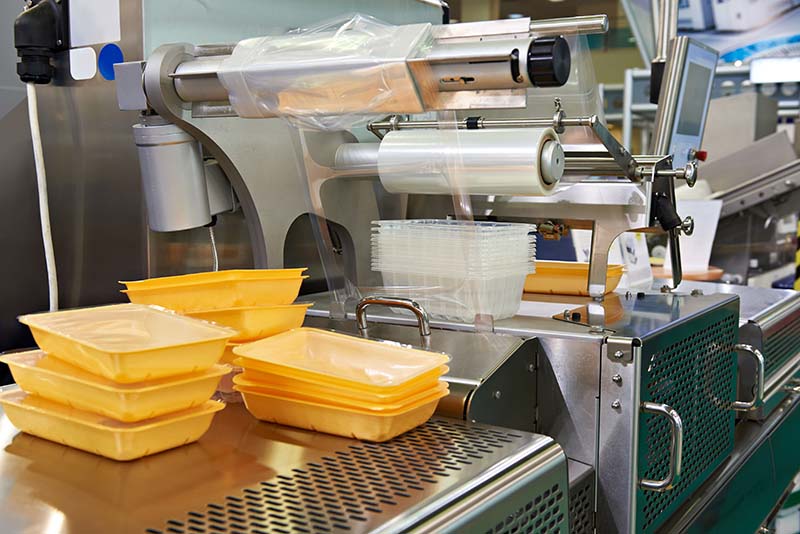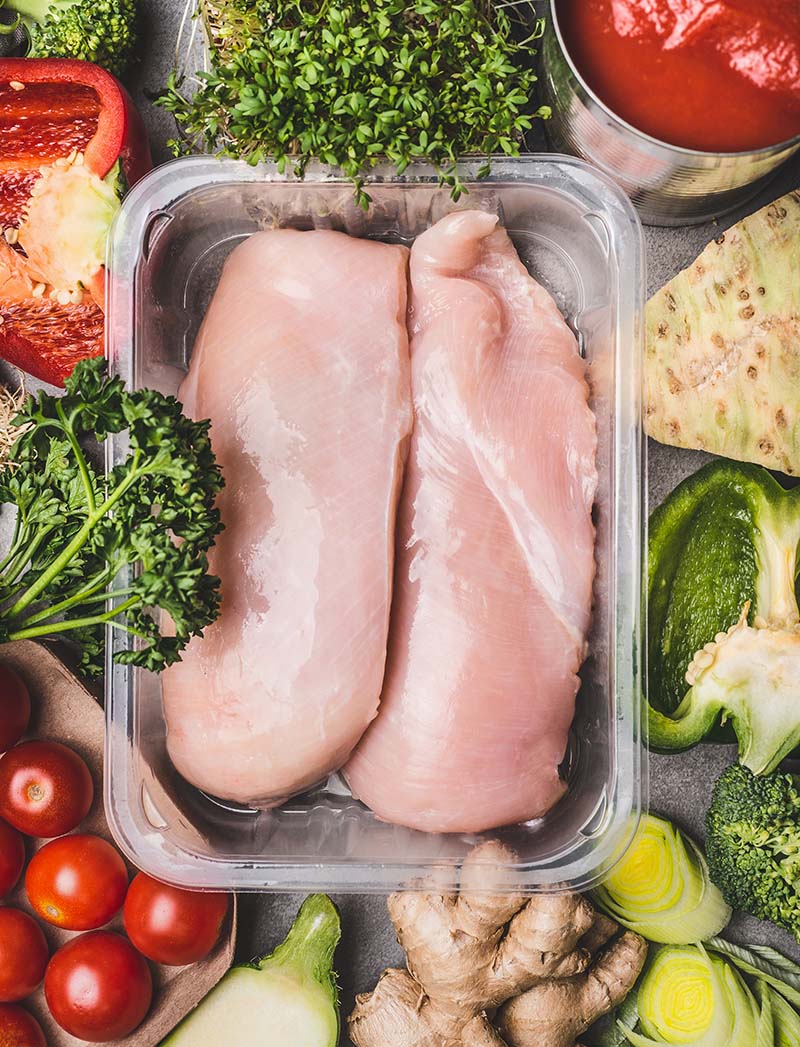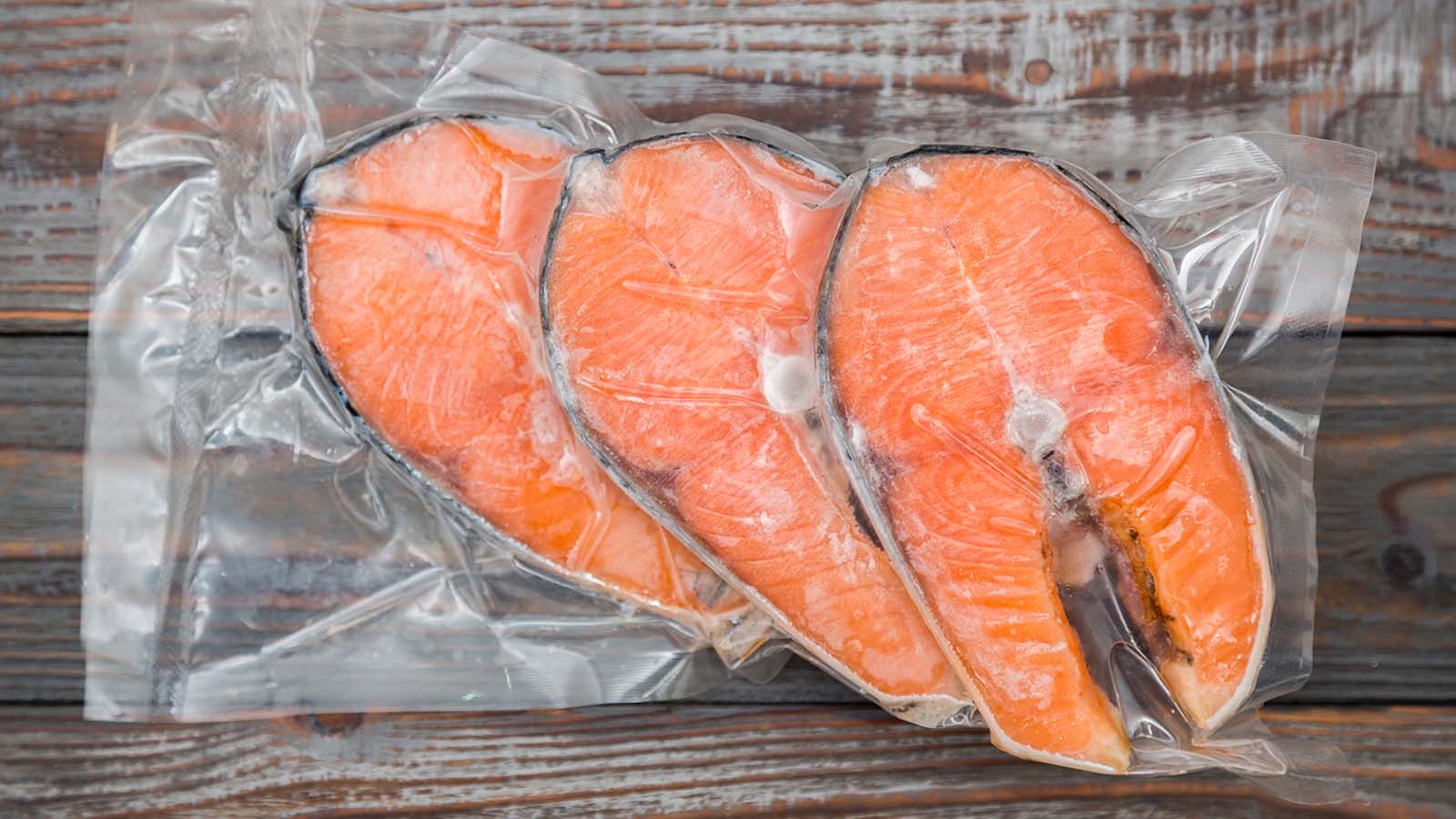At Redi-Bag we produce polyethylene bags and sheeting for our customers, many of whom require those materials to be “food safe.” But what defines food safety in the packaging industry?
Although the answer may seem obvious, there are technical and legal requirements that companies go through to be able to brand products as food safe. This can include government regulation as well as self-imposed industry standards. These regulations can become even more complicated when doing business internationally. For the purposes of this article, we will discuss food grade packaging that directly contacts food produced in the United States.
In the United States, food safety for packaging is regulated by the Food and Drug Administration (FDA) standards. For specific regulations, review the This process starts with determining the materials used in a piece of packaging, multiple lists of allowed substances are kept that regulate what materials are acceptable in packaging for different use cases. These rules have been drafted to minimize migration of material into the packaged product and to ensure no toxic substances are used.

Materials Used in Food Grade Packaging
Migration refers to the microscopic chemical and physical breakdown of materials into a finished product. Unfortunately, some migration is inevitable in all packaging, but these regulations are in place to limit the maximum allowable amount of different materials based on risk. There are some international differences over the acceptable level of migration of different substances, so be sure to familiarize yourself with any regulatory differences when working across borders.
Good Manufacturing Practices for “Food Safe” Packaging
The materials used in packaging are just one part of defining “Food Safe”, using the purest materials in the world means nothing if the production process itself contaminates the product. This is where Good Manufacturing Practices comes in, also known as GMPs or cGMPs.
These are practices used in a facility to ensure that products are produced in a safe and clean environment. Different industries are subject to different GMP requirements, covers the GMPs in the packaging industry. In general, these requirements are common sense practices such as proper cleaning of a facility, employee training and hygiene, as well as proper physical location and building requirements. Quality control, and proper documentation/record keeping are also covered. However, packaging production facilities are not required to register with the FDA and are not subject to regular FDA inspections. If you are relying on purchases from a facility that has no other form of verification, understand that they are operating with very little oversight!
Global Food Safety Initiative
That is where a 3rd party audit can be a critical part of a customer supplier relationship. Most reputable packaging suppliers are more than happy to self-regulate and comply with a Global Food Safety Initiative (also known as GFSI) recognized inspection. The GFSI is an international body that sets benchmarks for food safety and quality that are often more thorough than government regulations. Redi-Bag is audited annually for its SQF (Safe Quality Foods) certification which is a GFSI recognized standard. Keeping food safe for the end user is the most important aspect of packaging, which is why we believe in holding ourselves to a higher standard than the legal minimum. A 3rd party audit beyond a GMP certification lets customers know that they are working with a company that believes in going above and beyond. Contact Redi-Bag today to discuss your food safe packaging needs.



